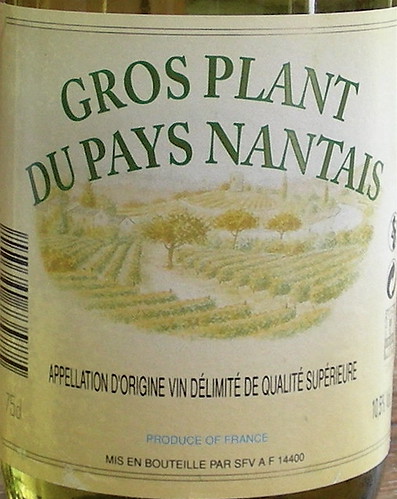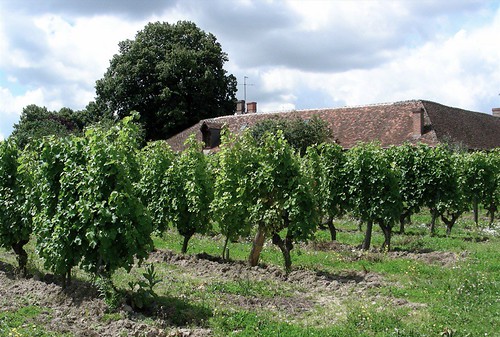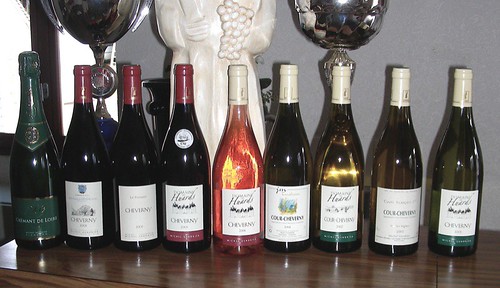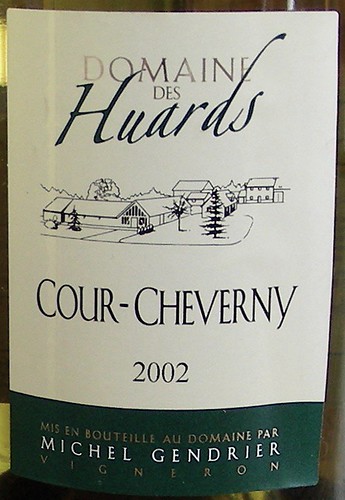What do you do when you have a large family in France (my husband has 8 brothers and sisters with an average of 3 children per family) and you want to see all of them together? You find a convenient time, a location that can accommodate everybody, and you organize a big family reunion party.
So on July 7 2007, grandparents, aunts and uncles, and a happy crowd of cousins between 2 months and 18 years of age, gathered at
La Gagnotterie, a nineteenth-century château near
Blois in the Loire Valley.
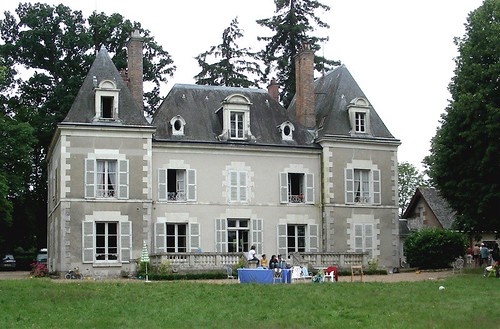
Château de la GagnotterieFor the main dinner on Saturday, my sister-in-law Claire-Élise had planned a mouth-watering catered buffet (
terrine st jacques à la laitue de mer,
marbré de foie gras de canard aux artichauts,
pavé de blois au chocolat et nougatine, crème fine au pain d'épices...) and I was in charge of the wines.
Naturally, the wines that I brought were all from the nearby
Anjou-Saumur,
Touraine and
Centre regions. We started with a lively
Saumur Brut, the
Saumur Brut Bouvet-Ladubay cuvée Saphir, a refreshing Chenin Blanc-Chardonnay blend made, like in Champagne, using the
Méthode Traditionelle.

Our two white wines were very different in style although both equally excellent. There was a
Savennières from the renowned
Domaine des Baumard, the
2003 Savennières Domaine des Baumard Clos de Saint Yves. It was a 100% Chenin Blanc sourced from a south-facing vineyard next to the distinguished butterfly-shaped Clos du Papillon. it had a bright light golden color and a delicate honeyed nose. The palate was complex with a mineral backbone and a lenghty finish of citrus and white flower aromas.
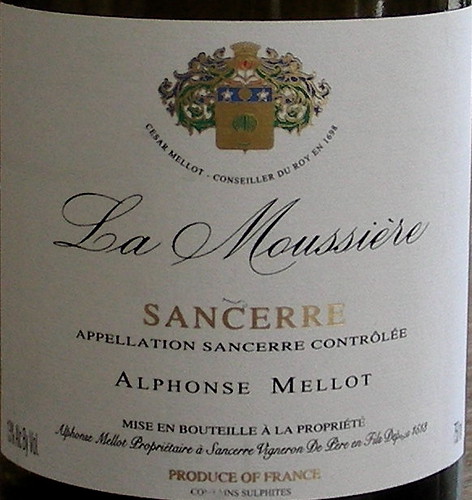
Our other white wine, the
2005 Sancerre Alphonse Mellot La Moussière came from the exceptional
Domaine La Moussière, a southwest exposed chalky vineyard of over thirty hectares, planted with Sauvignon Blanc and Pinot Noir. This was a seductive and generous wine with a light yellow-green color, a fragrant Sauvignon nose, a well-balanced palate with a hint of oak and some nice acidity on the finish.
The red wine selection included the
 2003 Anjou Château de Pimpéan Cuvée Passion
2003 Anjou Château de Pimpéan Cuvée Passion, a nice mellow drinking Cabernet Franc with gentle tannins and a fruity finish, a perfect accompaniment to the
pâté d'oie en croûte.
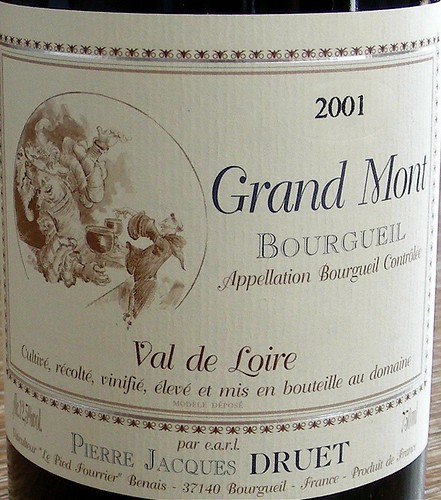
After the appetizers, the
pavé de selle d'agneau grillé and the
magret de canard en tapenade were calling for a more serious red and the
2001 Bourgueil Pierre-Jacques Druet Grand Mont happened to be exactly what we needed. Showing a dark red-purple color, this 100% Cabernet Franc had a spicy nose of blackcurrrant and plum and a firm palate followed by a finish of great earthy-mineral quality.
After such a feast, nobody had much room left for the cakes and pastries, but that ended up not being a problem: we served the cakes again on Sunday and they all disappeared, mostly eaten by a hungry crowd of kids.
Technorati tags: wine food & drink
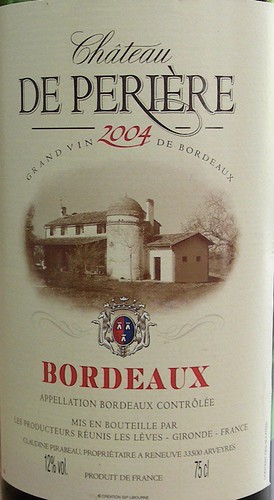 Who said that Bordeaux had become far too expensive? In fact, many small properties in the generic Bordeaux appellation sell their wines for less than 5 Euros. Unfortunately, too many of these wines are mediocre and uninspiring, and the sad story is that these vignerons are struggling to survive. However, if you're lucky, you might discover a real winner at a bargain price.
Who said that Bordeaux had become far too expensive? In fact, many small properties in the generic Bordeaux appellation sell their wines for less than 5 Euros. Unfortunately, too many of these wines are mediocre and uninspiring, and the sad story is that these vignerons are struggling to survive. However, if you're lucky, you might discover a real winner at a bargain price.